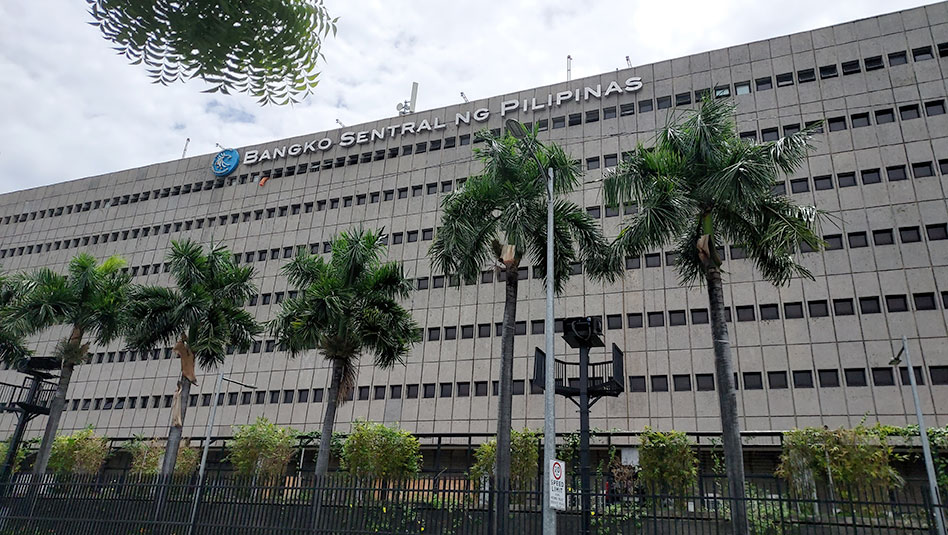Currency depreciation and currency appreciation: A game of tradeoffs
Currency depreciation: Good or bad? Explore the pros and cons of a weaker peso vs currency appreciation, its impact on imports, exports, tourism, OFWs, and inflation.

With the peso breaching PHP 56 to a dollar, concerns over a weakening economy have been raised. This currency depreciation was caused by surging global prices due to energy supply chain disruptions from the Russian-Ukraine which, coupled with the US Federal Reserve’s (Fed) rate hikes to combat inflation, significantly moved exchange rates in favor of the US dollar. Now, what are the implications of this depreciation? And what are the tradeoffs?
A peso depreciation can make imports more expensive since it costs more in Philippine pesos to buy foreign goods. Basic commodities also become more costly with rising inflation, and debt that is denominated in foreign currency gets bloated.
On the other hand, a depreciated peso also has its benefits as it can help increase dollar inflows. It can boost exports since trade partners can buy more goods and services from the Philippines using the same amount of US dollars, which results in the competitiveness of the country’s products.
It can also make tourism, particularly accommodation and other travel-related amenities, more affordable for international tourists. Additionally, families receiving remittances from overseas Filipino workers (OFWs) will see more pesos for every dollar sent home due to the changes in the exchange rate. There would also be an increase in the value of the dollar earnings of the Business Process Outsourcing (BPO) sector. Also, a depreciated peso can serve as a deterrent to buying non-essential imports, which can help conserve dollars.
The reverse process goes for currency appreciation. An appreciated peso would make exports more costly and would result in a less competitive BPO and tourism sector. It would also lower the peso value of OFW remittances. On the upside, it could make imports cheaper, reduce consumer prices or temper inflation, and shrink the value of foreign currency-denominated debt. On the other hand, it can induce the buying of non-essential imports, which can deplete dollar reserves.
All about tradeoffs
So, is there a real answer as to which is better for the economy: currency appreciation or depreciation? An exporter would want a depreciated currency, but an importer would want otherwise. Would you side with the exporter or the importer? An OFW would want a depreciated peso, but this might elevate prices back at home. Would you side with the OFW?
This goes to show that there are no real solutions or answers. There are only tradeoffs. With this, the tension between these tradeoffs pushes the market towards one way or another, towards appreciation or depreciation. That is, it is the market that gets to decide where the exchange rate would be.
Since there are only trade-offs, what is clear is that a too fast appreciation or depreciation can destabilize markets. Ideally markets best operate in a smooth and regular way, able to sort things out in an orderly fashion. The chaos and confusion caused by very fast currency movements can result in market panics that only make things worse as players exaggerate market swings and make adverse self-fulfilling prophecies.
This is where the BSP comes in. It manages volatility because it does not want too fast movements in the exchange rate. It does not set the exchange rate itself, but it can buy or sell dollars in the markets to manage volatility or tweak policy rates to contain inflationary pressure from a fast-depreciating peso. Additionally, the BSP can leverage forex swap lines to provide liquidity support during times of stress. However, ultimately, neither the BSP nor the government actually decides who wins or who loses. In the end, it is the market that decides in this ever-moving game of trade-offs.
ANNA ISABELLE “BEA” LEJANO is a Research & Business Analytics Officer at Metrobank, in charge of the bank’s research on the macroeconomy and the banking industry. She obtained her Bachelor’s degree in Business Economics from the University of the Philippines School of Economics and is currently taking up her Master’s in Economics degree at the Ateneo de Manila University. She cannot function without coffee.







 DOWNLOAD
DOWNLOAD




 By Anna Isabelle Lejano
By Anna Isabelle Lejano